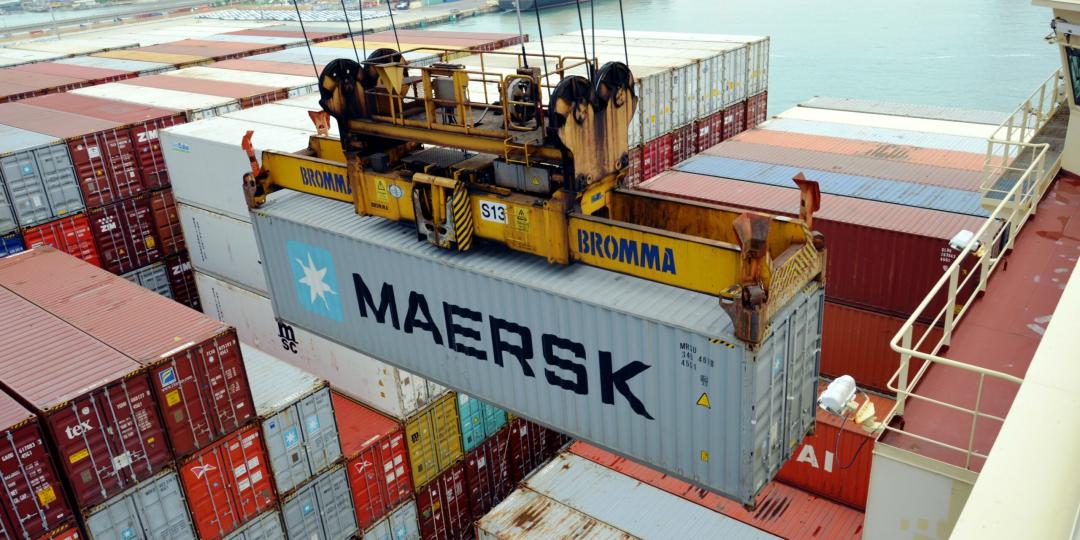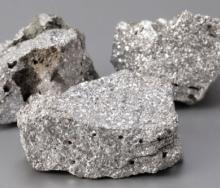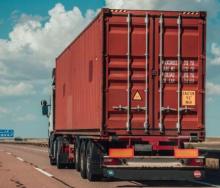A P Moller - Maersk (Maersk) has announced that the firm will be building its first low-greenhouse-gas (GHG) emissions contract logistics warehouse in Denmark.
In a statement released on Tuesday, the company said that it would build the warehouse in partnership with Taulov Dry Port in a Danish joint venture between ADP A/S and PFA Pension.
The facility is part of Maersk’s strategy to accelerate the delivery of fulfilment capability in Denmark.
The company’s Nordics area managing director Birna Odefors said the warehouse was Maersk’s first contract logistics warehouse in the country.
“Many of our customers are looking for long-term partners that have such capabilities to reduce their entire climate footprint. The Taulov facility also has a strategic position in Europe and will be a key asset to serve our customers as a deconsolidation point and add value by optimising transport modes with its port, rail and road links, creating flexibility in flows by accelerating or slowing down supply chains,” Odefors said.
Maersk is aiming to build the warehouse to Building Research Establishment Environmental Assessment Method standards, with zero direct emissions from operations, in full accordance with the shipping line’s overall goal to decarbonise its entire operations by 2040. The 40 000-square-metre facility has an option for an additional 40 000 sqm and is scheduled to become operational in 2024.
The company’s emissions target is for least 90% of its global cold chain and contract logistics operations to be certified as green by 2030.
Taulov Dry Port owns the commercial land and the logistic premises. Since Taulov Dry Port was established in 2017, the joint-venture partnership between ADP A/S and PFA Pension has aimed to be innovative in the development of modern storage and logistics buildings and sustainable transport infrastructure, including the construction of Denmark’s largest hydrogen refuelling station. The latest agreement with Maersk is regarded as another milestone.
All indoor and outdoor equipment in the warehouse will be electrified, solar panels will be installed on the roof, and excess renewable energy produced will be fed to the grid. Battery-driven trucks will be used for all shunting operations, and hydrogen stations are planned within 150 metres of the site.
The warehouse has a zero emissions approach to both direct and indirect aspects of the operations. Charging facilities will be provided to electric commercial trucks and cars, as well as private cars, bicycles, and electric scooters.













